- Home
- >Ressource hub
- >Learn & Support
- >Jewelry Guide
The Piercing Hub – Jewelry Info & Quality Standards
Trinity Quality You Can Trust
At Trinity, quality is more than a promise—it’s our foundation. As a Canadian, women-owned company, we use only nickel-free, biocompatible materials like ASTM F136 Titanium and ethically sourced gold to ensure safety and durability. Every piece is crafted under strict ethical and environmental standards, and we provide full transparency with 24/7 access to our Material Safety Data Sheets. You deserve jewelry that’s safe, responsible, and built to last.
Piercing Measurement Guide
To ensure you get the perfect fit for your piercings, we use both Metric (millimeters) and Imperial (gauges and inches) measurement systems. For your convenience, all our product specifications are provided in both systems across our online and printed catalogs. Refer to our handy conversion chart for easy reference.
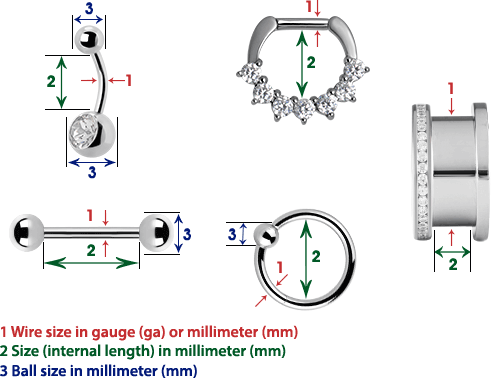
Gauges to Metric Conversion:
- 22ga - 0.6mm
- 20ga - 0.8mm
- 18ga - 1.0mm
- 16ga - 1.2mm
- 14ga - 1.6mm
- 12ga - 2.0mm
- 10ga - 2.5mm
- 8ga - 3.2mm
- 6ga - 4.1mm
- 4ga - 5.1mm
- 2ga - 6.5mm
- 0ga - 8.2mm
- 00ga - 9.2mm
Piercing Sizes Explained
- Rings: Measured by internal diameter.
- Septum Clickers: Measured by pin thickness and internal height.
- Barbells (Straight & Curved): Measured by the linear distance between the balls.
- Wire Size: Indicated in both gauge (ga) and millimeters (mm). For example, 14GA (1.6MM).
- Length: Indicated in millimeters (mm).
- Balls & Attachments: Indicated in millimeters (mm).
General Sizing Guidelines
- Ear Studs & Hoops: Standard size is 0.8 mm.
- Nose Piercings: Available in 0.8 or 1.0 mm.
- Eyebrow Piercings: Standard size is 1.2 mm.
- Labrets: Commonly 1.2mm, but also available in 1.0 and 1.6mm. Threadless (TL) Labrets are 0.8mm.
- Septum, Conch, Rook, and Daith Piercings: Typically 1.2 mm.
- Industrial Barbells, Nipple, Tongue, and Navel Piercings: Commonly 1.6mm.
Ball Sizes Conversion:
| Metric | Inches |
|---|---|
| 2.0 mm | 5/64" |
| 2.5 mm | 3/32" |
| 3.0 mm | 1/8" |
| 4.0 mm | 5/32" |
| 5.0 mm | 3/16" |
| 6.0 mm | 1/4" |
| 8.0 mm | 5/16" |
| 10.0 mm | 3/8" |
| 12.0 mm | 1/2" |
Length Conversion:
| Metric | Inches |
|---|---|
| 4.5 mm | 3/16" |
| 6.0 mm | 7/32" |
| 7.0 mm | 9/32" |
| 8.0 mm | 5/16" |
| 9.0 mm | 11/32" |
| 10.0 mm | 13/32" |
| 11.2 mm | 7/16" |
| 12.0 mm | 15/32" |
| 14.0 mm | 9/16" |
| 15.0 mm | 19/32" |
| 16.0 mm | 5/8" |
| 18.0 mm | 11/16" |
| 19.0 mm | 3/4" |
| 20.0 mm | 25/32" |
| 22.0 mm | 7/8" |
| 24.0 mm | 15/16" |
| 25.0 mm | 1" |
| 26.0 mm | 1 1/32" |
| 29.0 mm | 1 5/32" |
| 30.0 mm | 1 3/16" |
| 32.0 mm | 1 9/32" |
| 34.0 mm | 1 11/32" |
| 35.0 mm | 1 13/32" |
| 36.0 mm | 1 7/16" |
| 38.0 mm | 1 1/2" |
| 40.0 mm | 1 19/32" |
| 44.0 mm | 1 25/32" |
| 50.0 mm | 2" |
Internal Threading
Our internally threaded items use the following specifications:
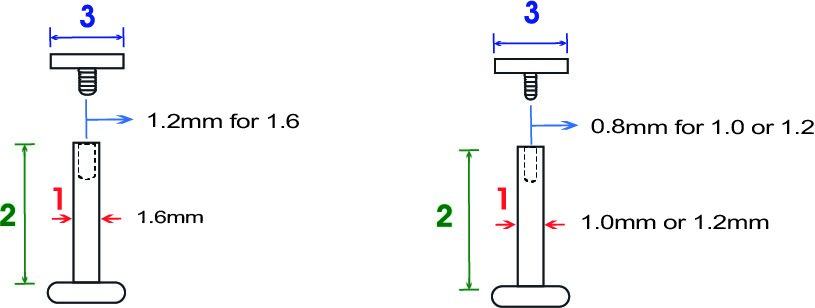
| Wire/Stem Size | Internal Thread |
|---|---|
| 1.6 mm | 1.2 mm |
| 1.2 mm | 0.8 mm |
| 1.0 mm | 0.8 mm |
Attachments are compatible across our entire collection.
Note:
- European Standard: 0.8 mm
- USA Standard: 0.9 mm — If unsure, please check with your supplier or contact us.
Threadless (TL) System
Our Threadless posts have a 0.5mm hole to securely hold the slightly thinner, pre-bent Threadless Attachment pins. This allows us to offer Labrets, Micro Barbells, Barbells, Nose pins, and more starting from 0.8mm, commonly used in the piercing industry.
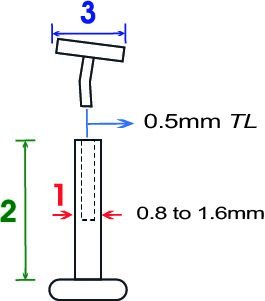
For more information and to view our full range of products, visit our online catalog.
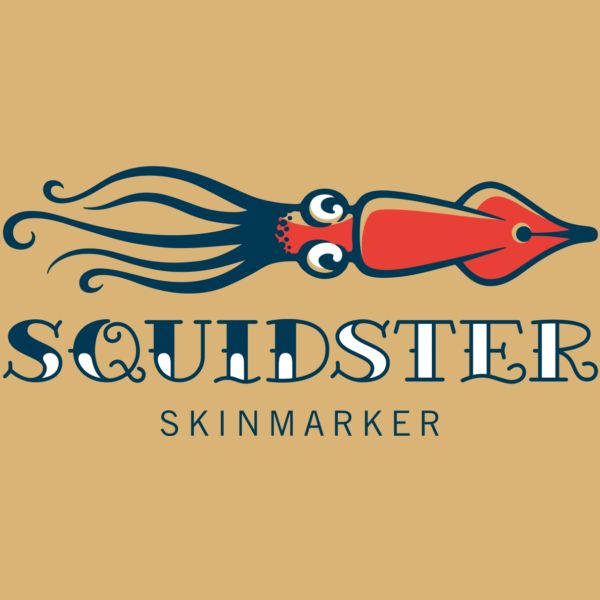
Ideal for Medical Hygiene Standards
The ink adheres well to the skin and can only be removed with alcohol.
Top-Quality Ink in Various Colors
Crafted by experts, our piercing, body modification, and tattoo markers feature premium dye ink that ensures vibrant and lasting results.
Felt-Tip in Different Sizes
Available in various sizes, our felt-tip markers provide precise results for a range of applications. Whether you’re preparing for complex body modifications or creating intricate tattoo designs, these markers deliver top-notch performance for all your artistic needs.
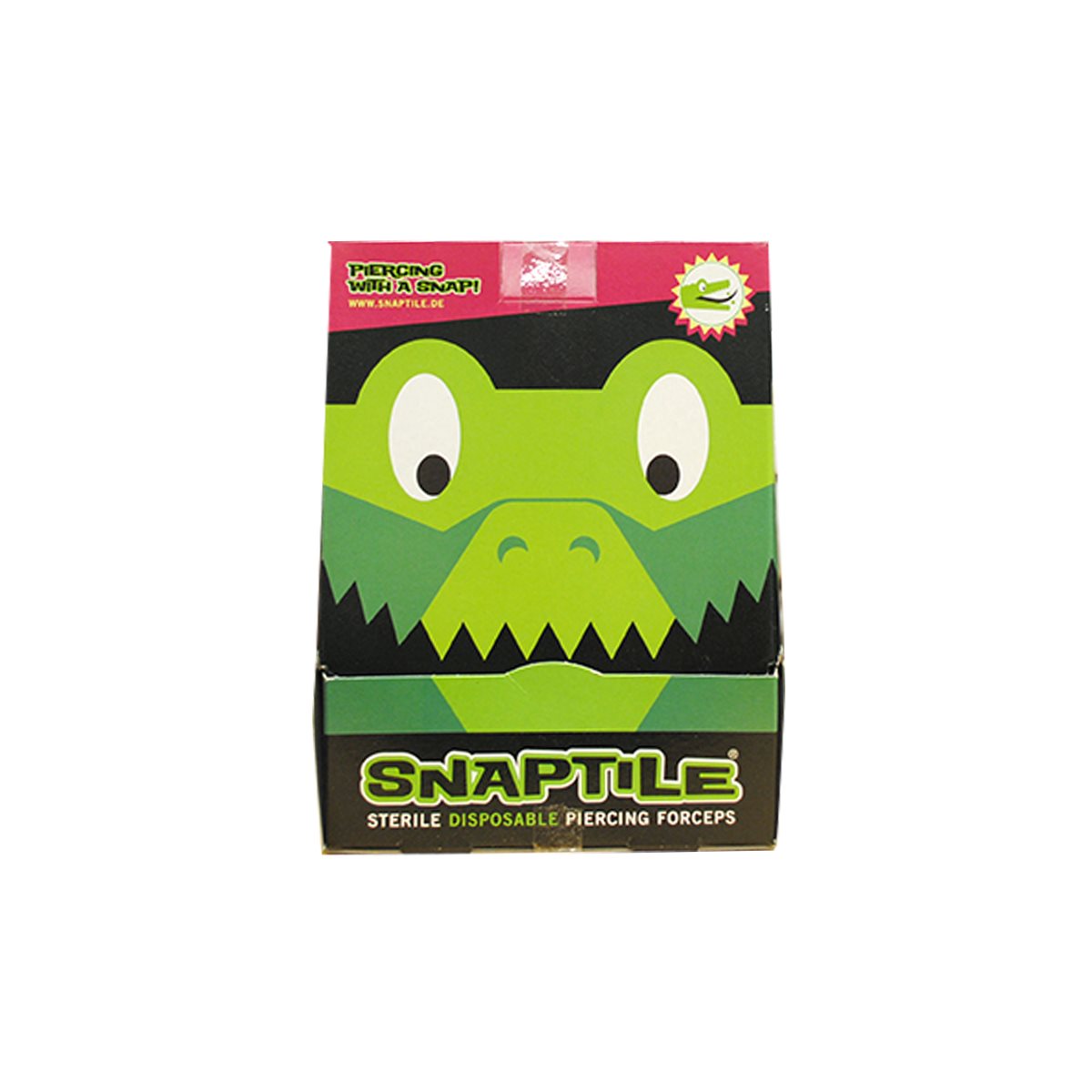
SNAPTILE® first universal DISPOSABLE PIERCING FORCEPS with certified EO-sterilisation is the ideal tool for all professional piercers. SNAPTILE® is fast and easy to use for all kinds of piercings. The perfectly safe tool ready to go — suitable especially for working on the road (e.g., at conventions)! In the range of clinical instruments, disposable tools guarantee maximum security of sterility.
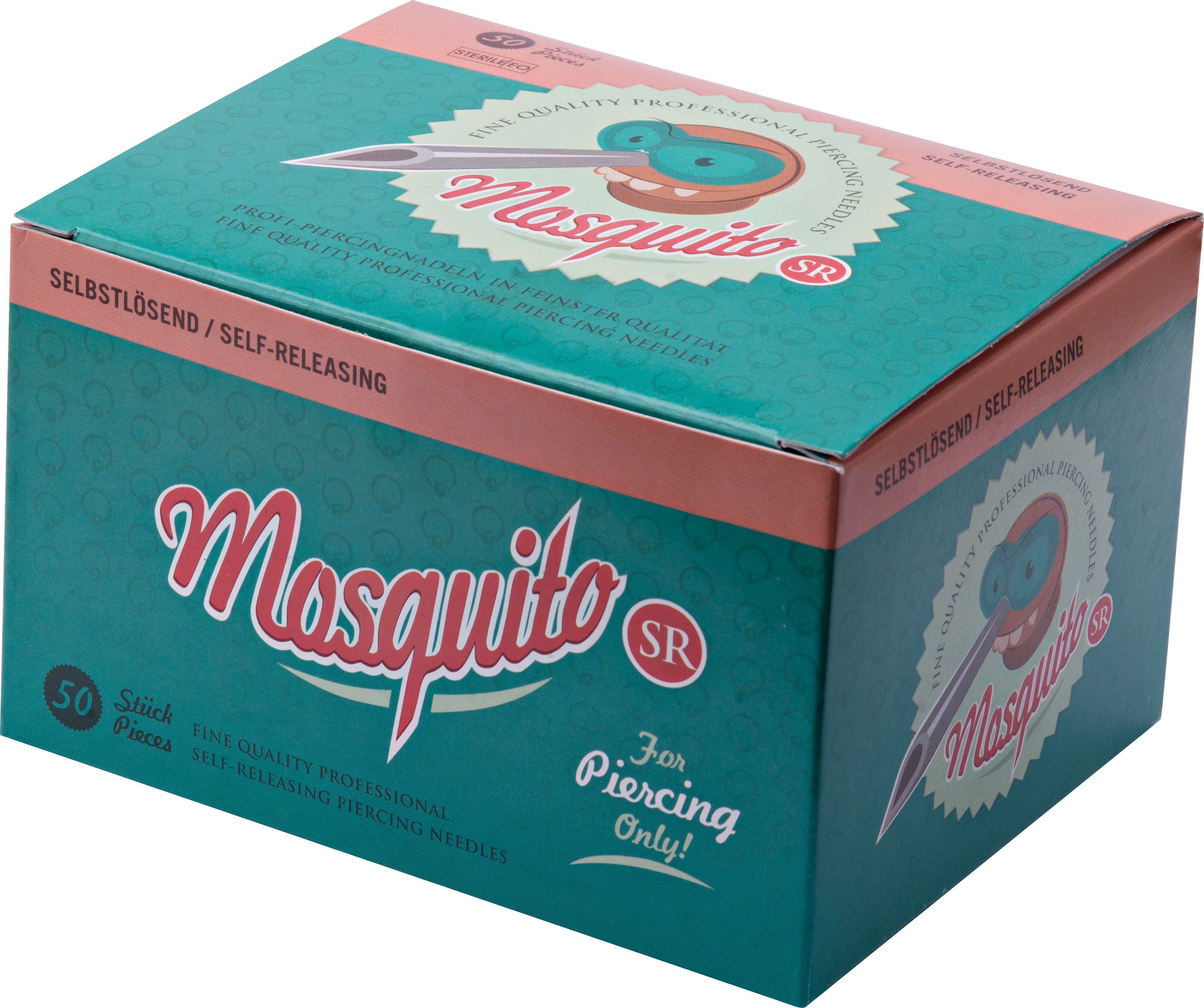
Introducing the sharp, superior quality Mosquito Professional Piercing Needles, designed for effortless jewelry insertion. Engineered in Germany and utilizing the European Method, these needles feature an exterior cannula that remains in the piercing when the needle is removed, ensuring a seamless jewelry insertion process.
These disposable needles offer the highest level of safety, making them a trusted choice for professional piercers.
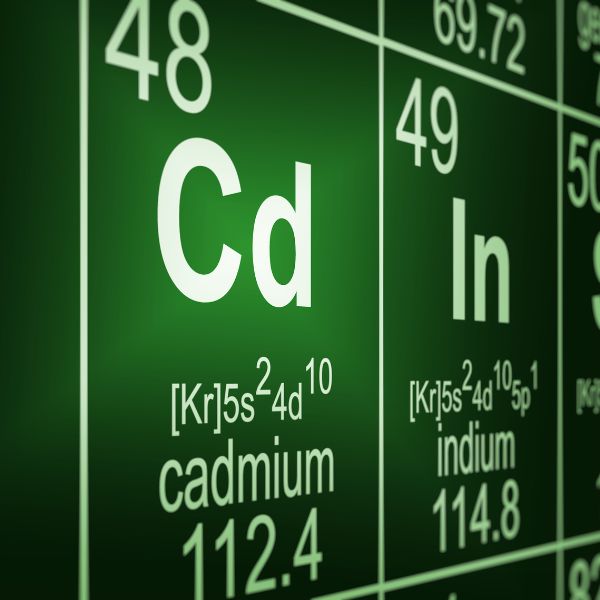
Since December 2011, the European Union has implemented strict regulations regarding the use of cadmium in metal parts of jewelry and imitation jewelry articles. According to this law, the cadmium content must not exceed 0.01%.
We’re excited to share that our jewelry has passed all necessary tests to meet the latest regulations! You can view our compliance documentation by downloading the certificates below:
You can also download the latest European Directive regarding the use of cadmium for body jewelry for your reference.
Rest assured, with our jewelry, you can enjoy both style and safety.
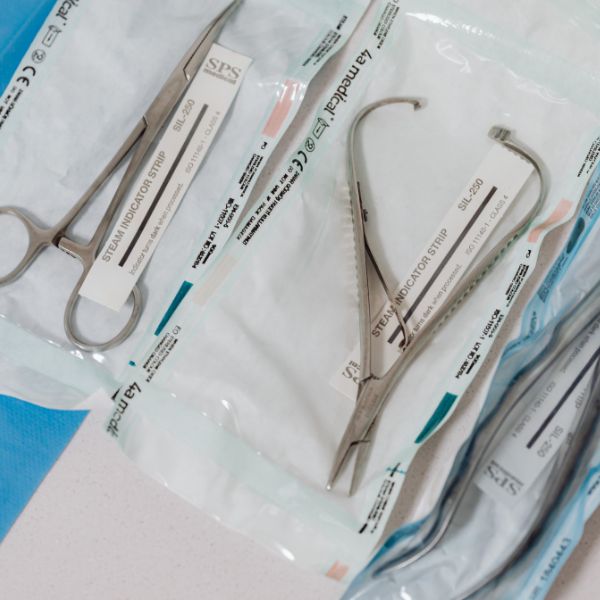
Ethylene Oxide (E.O.) gas sterilization offers an exceptional level of sterility assurance with superior penetration capabilities. Jewelry sterilized using E.O. remains sterile for up to five years when stored away from light.
Before the sterilization process, we meticulously clean and perform quality control on every item. To ensure complete sterilization, piercings are packaged unassembled, allowing thorough sterilization of the threading.
Each sterilization process is assigned a unique lot number, which is displayed on the product stickers. Every lot undergoes rigorous testing, and you can always ask for the corresponding test reports.

The European Regulation for the Registration, Evaluation, Authorization, and Restriction of Chemicals (REACH) is designed to safeguard human health by controlling the risks associated with hazardous substances and promoting their replacement whenever possible.
Our Commitment to Compliance:
We guarantee that all our products meet the stringent legal requirements and quality standards set by REACH. Our certificate of compliance confirms that every product group in our assortment adheres to the REACH regulation 1907/2006/EC.
Trust us to deliver safe, high-quality products that align with European health and safety standards.
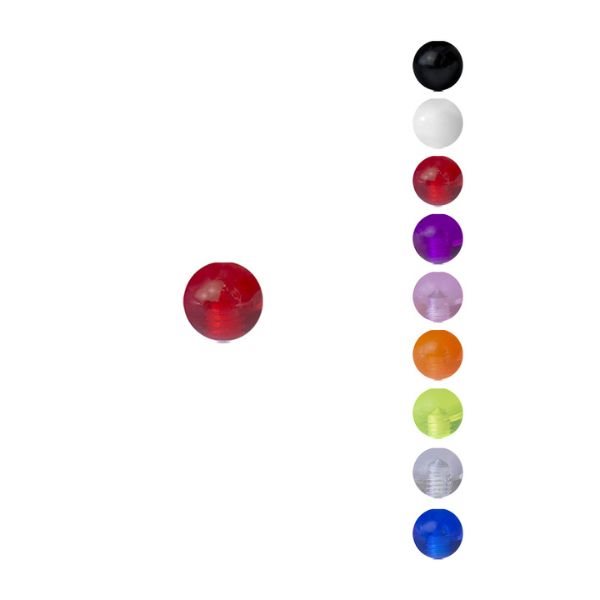
Acrylic body jewelry is available in a dazzling array of shapes and colors, offering endless possibilities for personal style. However, it’s important to note that acrylic cannot be sterilized in an autoclave and may crack if exposed to disinfectant chemicals like alcohol. Due to these limitations, it’s not recommended for initial piercings. The standout benefit of acrylic jewelry is its affordability, making it a budget-friendly option for those looking to expand their collection.

Bioplast™ is a revolutionary, trademarked medical-grade plastic introduced in 1998 in Austria and still produced in Tyrol. Originally known as PMFK, it was rebranded as Bioplast™ in 2003.
Why Choose Bioplast™?
- Biocompatible and Flexible: Bioplast™ is a biocompatible polymer that is flexible and can be cut to any length and threaded with any metal ball closure. Pair it seamlessly with SS316L or Titanium!
- Body Temperature Adaptation: Unlike metals, Bioplast™ adjusts to your body temperature rather than the outside air. This means fewer swellings and infections for those pierced with Bioplast™, leading to a faster healing process and no allergic reactions (nickel-free).
- Sterilization and X-Ray Safe: Bioplast™ can be sterilized in an autoclave and is not visible in X-rays when used without metal attachments.
- APP Approved: Bioplast™ is endorsed by the Association of Professional Piercers (APP) as suitable for new piercings.
Explore the superior benefits of Bioplast™ for a safer, faster-healing, and more comfortable piercing experience.
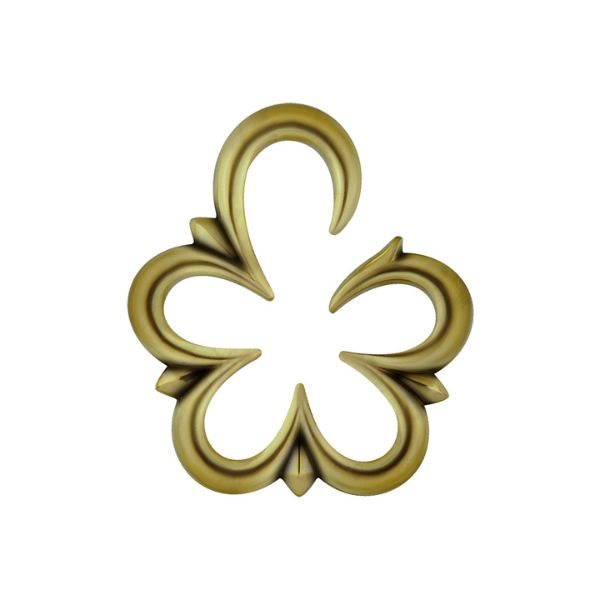
Brass is used for its bright gold-like appearance and is popular in piercings for its tribal look. Brass Piercings are used by nature tribes all around the world.
We use a brass alloy of copper, zinc, and silver, which is free of any toxic elements such as nickel, lead, and cadmium.
We do not recommend brass for initial piercings, and they may cause irritation for some people.
BRASS JEWELRY GUIDELINES
First, brass jewelry isn’t giving the same allure as if they are gold, silver or rose gold plated. What we look for in a brass jewel it’s that special brown vintage look of tribal jewelry.
Yes, it does leave a green stain where jewelry was worn, but that stain is usually a result of a metal in the jewelry reacting with your skin — or something on your skin, such as hand lotion.
When the acids on your sweaty skin (or in your lotion) cause the copper in the jewelry to corrode, the process creates copper salts. These blue-green compounds can leave a mark on your skin in that iconic shade we call "Statue of Liberty Teal."
Other metals can produce similar effects: The silver present in Sterling silver and used as an alloy in a fair amount of gold jewelry can oxidize when it comes in contact with skin. This causes tarnishing and can leave you with a dark-green or black stain. Although these marks are often associated with cheaper jewelry, they can happen with the pricey stuff, too.
Stainless steel and white gold are usually immune.
The good news is that even the toughest tarnished brass piece can be simply cleaned by leaving it for up to 30 minutes (if very tarnished) in just ketchup and water. It will all come out like new.
Taking your jewelry off before washing with soap will also reduce the chances of going green.
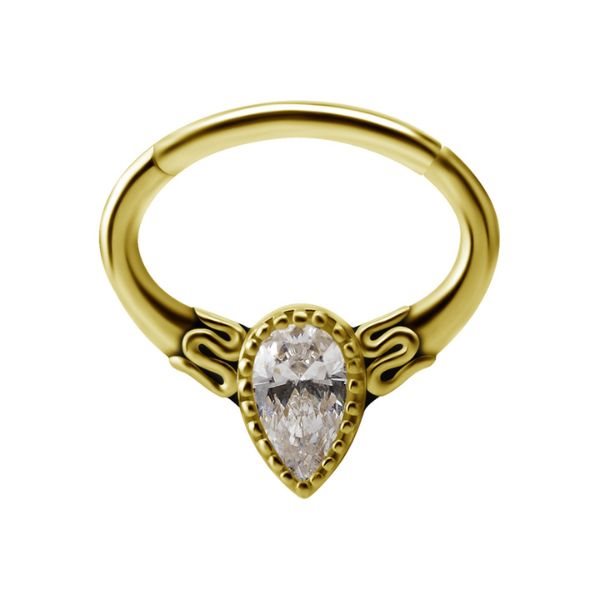
Gold, one of the world’s most treasured metals, is perfect for initial piercings when it’s 14k or 18k. Higher than 18k, gold becomes too soft, easily scratching and losing its shape.
At our company, we hold ourselves to the highest standard, using 18-karat gold for all our designs.
Gold Varieties We Offer:
G18K - 18karat (750 Gold) Yellow Gold
RG18K - 18karat (750 Gold) Rose Gold
WG18K - 18karat (750 Gold) White Gold (Rhodium Plated)
WP18K - 18karat (750 Gold) Palladium White Gold (Rhodium Plated)
Using palladium in our white gold alloy ensures it is nickel-free, enhancing its value by about 20%.
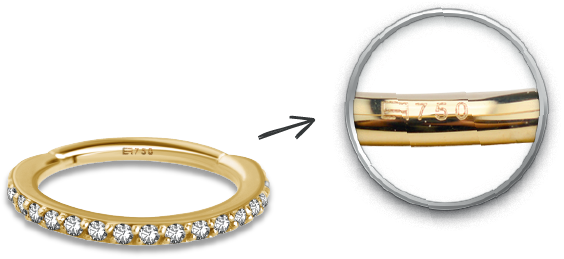
Every solid gold item is marked with ’750’ for 18 karats. These markings may be small, so you might need a jeweler’s loupe to see the tiny laser engravings. Additionally, we stamp our Swiss Responsibility Mark ("Verantwortlichkeitsmarke"), ensuring the gold content in our products is guaranteed. Download Verantwortlichkeitsmarke
Dealing with Tarnish on Gold Items
Tarnish appears as a dark discoloration caused by a reaction to moisture, air, or chemicals. While pure 24k gold doesn’t tarnish, it’s too soft for body jewelry. Our 18k gold alloy contains other metals that can tarnish.
Removing tarnish is simple. Use a silver polishing cloth impregnated with an anti-tarnishing agent; just rub it on your jewelry to see the tarnish disappear. For severe tarnish, a silver cleaner or other methods and hacks found online can be effective.
With proper care, your 18k gold jewelry will remain beautiful and lustrous for years to come.
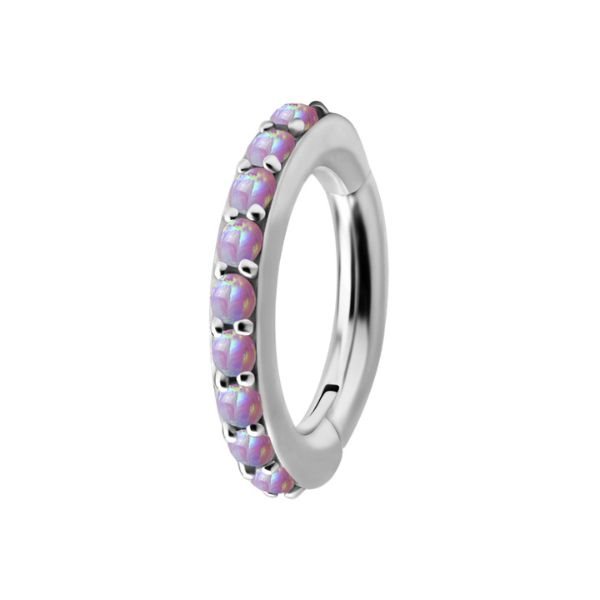
Cobalt Chromium Alloys are renowned for their exceptional corrosion resistance and remarkable strength. They are incredibly resilient, making it nearly impossible to break, bend, deform, or even scratch. These qualities make them ideal for creating delicate items like Hinged Clickers and other fine jewelry pieces.
Why Choose Cobalt Chromium?
- Stunning Appearance: Boasting a beautiful white color and shine, Cobalt Chromium rivals the look of precious metals such as White Gold, Rhodium, or Platinum—all without the need for plating or coating. Even Titanium, which is highly regarded in the piercing industry, can’t match its brilliant color.
- Durability: This alloy’s robustness ensures your jewelry remains pristine and undamaged, no matter the wear and tear.
- Safety: Our Cobalt Chromium alloy is free of Nickel, Cadmium, and Lead, making it REACH compliant and safe for those with sensitive skin.
Cobalt Chromium is not only popular in the jewelry industry but also widely used in the dental field and for medical implants like knee and hip joints. Despite its premium quality and smooth, shiny surface, it remains more affordable than Titanium, while offering a higher price point than Surgical Steel.
Choose Cobalt Chromium for a blend of elegance, strength, and safety in your jewelry.
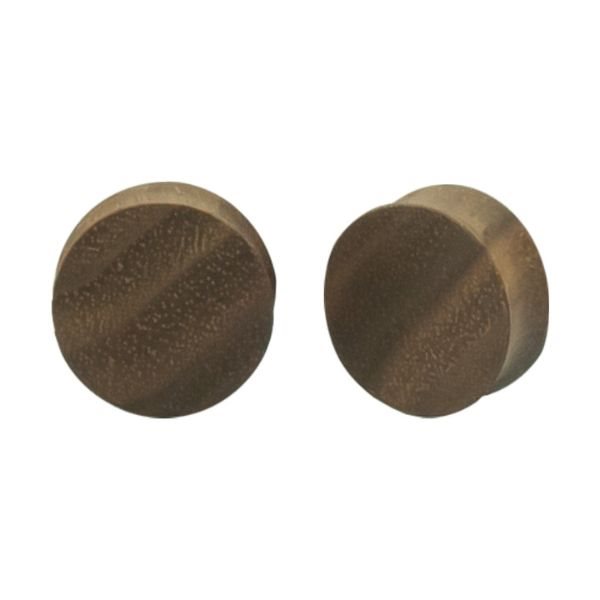
Organic body jewelry, crafted from natural materials such as water buffalo horn, water buffalo bone, and various types of wood, carries a rich cultural heritage. These materials have been cherished by numerous cultures throughout history for their unique beauty and significance.
Important Considerations:
- Healing and Stretching: Natural materials are not suitable for unhealed piercings or for use while stretching existing ones due to their sensitivity to changes in heat and humidity. Therefore, avoid autoclaving and exposure to saunas or hot display cases.
- Care and Maintenance: These organic materials can absorb oils and sweat from the skin, which helps in reducing odors. Proper care ensures your jewelry remains in excellent condition, retaining its natural allure.
Embrace the timeless elegance of organic body jewelry, connecting with the earth and its traditions while showcasing your unique style.
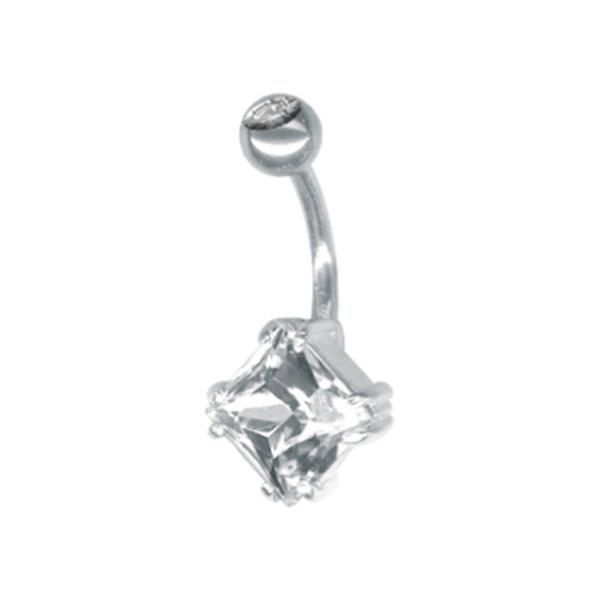
Silver speaks for itself with its timeless appeal. We use 92.5% sterling silver for its exceptional quality and beauty. To enhance its brilliance and protect it from tarnish, most of our items are rhodium plated, ensuring they stay shiny and radiant.
For Our Swiss Customers:
Our jewelry proudly features the CE logo, now registered as a Swiss RESPONSIBILITY MARK (No. 10545), underscoring our commitment to quality and compliance.
Download Responsability Mark >
Discover the enduring elegance of our sterling silver collection, meticulously crafted and expertly protected.
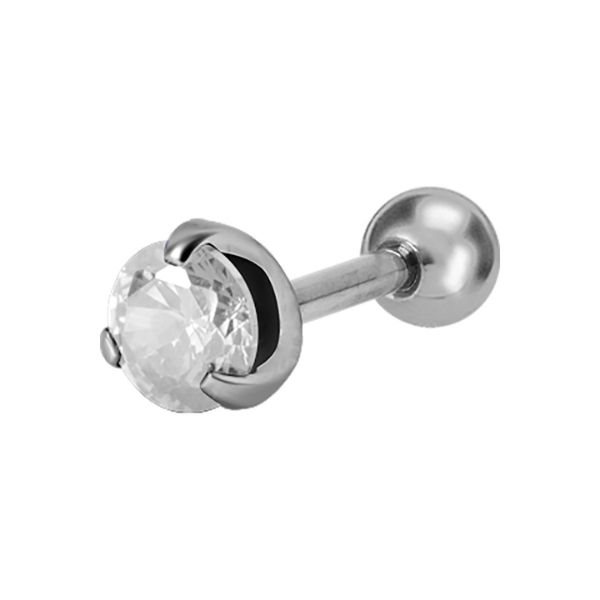
SS316L is a top choice for body jewelry, renowned for its surgical implant grade quality. This stainless steel stands out for its durability and safety, meeting the rigorous standards of ASTM F138 and ISO 5832-1, which ensure its suitability for surgical implants.
While nickel, an element in stainless steel, can occasionally trigger allergic reactions, this risk is minimized through meticulous polishing. A mirror-like finish creates a protective chromium oxide layer, significantly reducing nickel release into the skin. Plus, surgical steel is easily sterilized in an autoclave, ensuring optimal hygiene.
For more detailed information, download the Nickel Release Test Method >
Stay informed and choose SS316L for its unparalleled safety and quality in body jewelry.
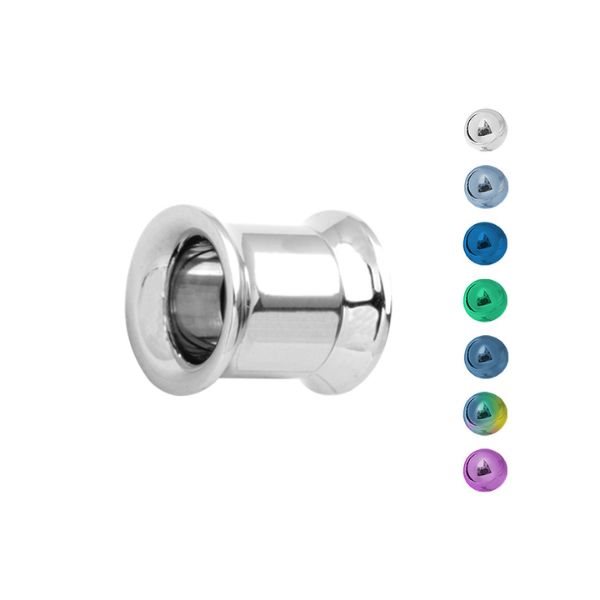
Titanium is the perfect choice for both new and healed body piercings, fully compliant with the EU Nickel Directive established in 2001. Its virtually nickel-free composition has made titanium one of the top materials for piercing jewelry across Europe.
Grade Ti6AL-4V, ASTM F-136, is the go-to specification for titanium used in surgical implants. This alloy is available in a highly polished finish or vibrant anodized colors. Notably, titanium is only half the weight of steel yet twice as strong, offering exceptional durability and comfort. Plus, it can be easily sterilized in an autoclave, ensuring maximum hygiene.
Choose titanium for its unmatched strength, lightness, and safety in body jewelry.
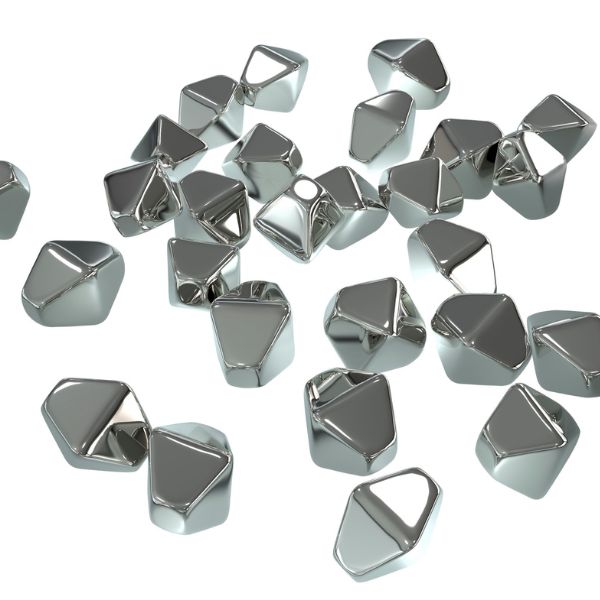
Introducing Titanium Niobium (Ti-6Al-7Nb) ASTM F1295, a titanium alloy enriched with 6% Aluminum and 7% Niobium. Unlike Ti-6Al-4V, this distinguished alloy substitutes Vanadium with Niobium, resulting in superior corrosion resistance and exceptional biocompatibility. Widely esteemed in the medical and dental sectors for implant fabrication, Titanium Niobium’s remarkable compatibility with the human body makes it an impeccable choice for piercing jewelry. Elevate your offerings with this premium material, synonymous with both elegance and enduring quality.
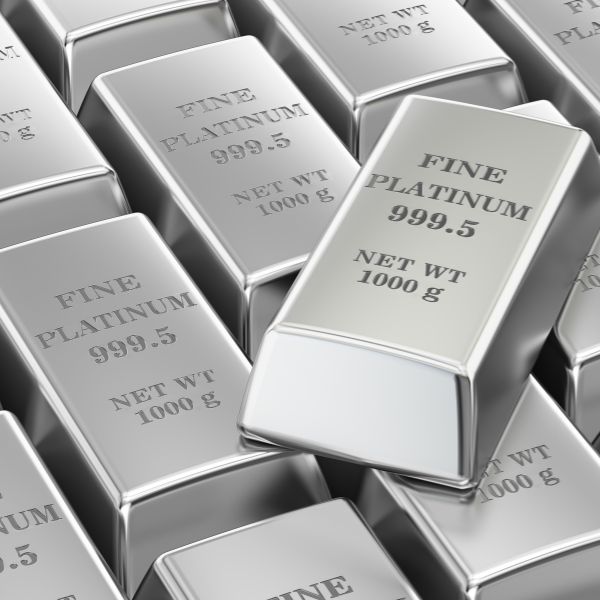
Platinum, a naturally occurring precious metal, is celebrated for its exquisite beauty, durability, and versatility. As a member of the distinguished platinum group of metals—which includes palladium, rhodium, ruthenium, iridium, and osmium—platinum in its purest form is 95% pure, often denoted as "PT950" (signifying 950 parts per thousand are platinum). This exceptional purity underscores its unparalleled quality and value.
Renowned for its unmatched brilliance and luster, platinum boasts a distinctive white-silver appearance that sets it apart from other metals. Its reflective properties create a striking, mirror-like finish, enhancing the brilliance of gemstones and diamonds without the need for plating, as is required with white gold.
One of platinum’s most remarkable attributes is its extraordinary durability. It resists corrosion, tarnish, and wear, making it an ideal choice for body jewelry. Unlike other metals, platinum retains its luster and does not fade or change color over time. Additionally, platinum is hypoallergenic, making it an excellent choice for individuals with sensitive skin or metal allergies.
The limited availability of platinum adds to its desirability and value. Annual worldwide production of platinum is a mere fraction of that of gold, making it a symbol of prestige and exclusivity. This rarity enhances its allure in the realm of fine jewelry.
Platinum is also a superb long-term investment, retaining its value over time. Its enduring appeal ensures that platinum pieces can be passed down as cherished heirlooms, maintaining their beauty and worth for generations.
In summary, platinum’s purity, unmatched brilliance, exceptional durability, hypoallergenic nature, rarity, and investment potential make it a highly sought-after material for body jewelry and a symbol of elegance and refinement.
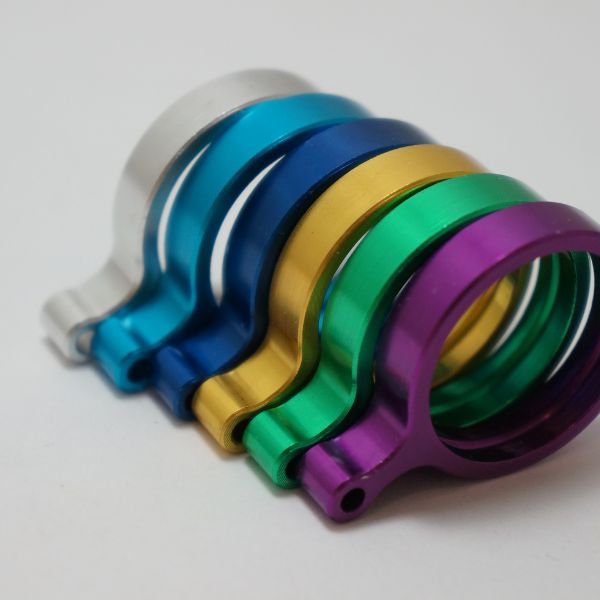
Anodizing is an electrochemical process that converts the metal surface into a decorative, durable, corrosion-resistant, anodic oxide finish.
Anodizing is accomplished by immersing the metal into an acid electrolyte bath and passing an electric current through the medium.
AMS 2488 Type III anodizing of metal generates an array of different colours without dyes. The colour formed is dependent on the thickness of the oxide (which is determined by the anodizing voltage); it is caused by the interference of light reflecting off the oxide surface with light travelling through it and reflecting off the underlying metal surface.
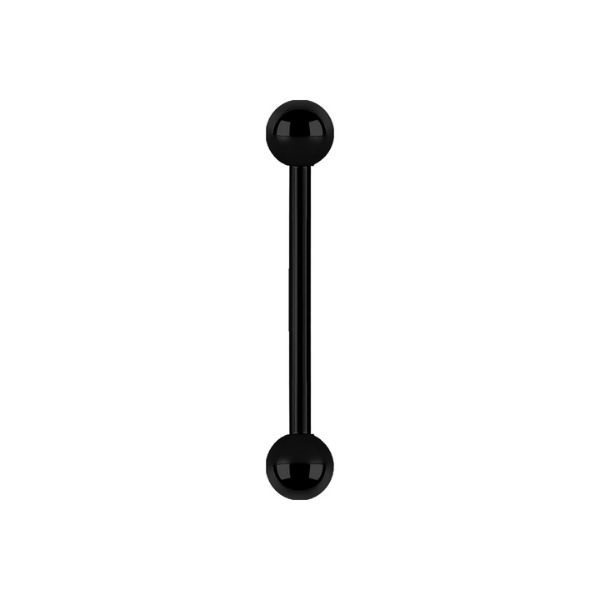
Titanium and Titanium Nitride Coating: The PVD Process
Our titanium jewelry is coated using an advanced PVD (Physical Vapor Deposition) process, ensuring exceptional quality and biocompatibility.
The PVD Process:
- High Vacuum Chamber: The jewelry is placed in a heated chamber under high vacuum conditions.
- Plasma Formation: An electric voltage is applied, creating a plasma within the chamber.
- Ion Bombardment: Various gases are introduced, resulting in ion bombardment.
- Atomization: The cathode material (Titanium) is atomized into tiny particles.
- Deposition: These particles are deposited onto the jewelry, forming a hardened, biocompatible layer.
The result is a durable, biocompatible coating that can be safely autoclaved, ensuring both safety and longevity.
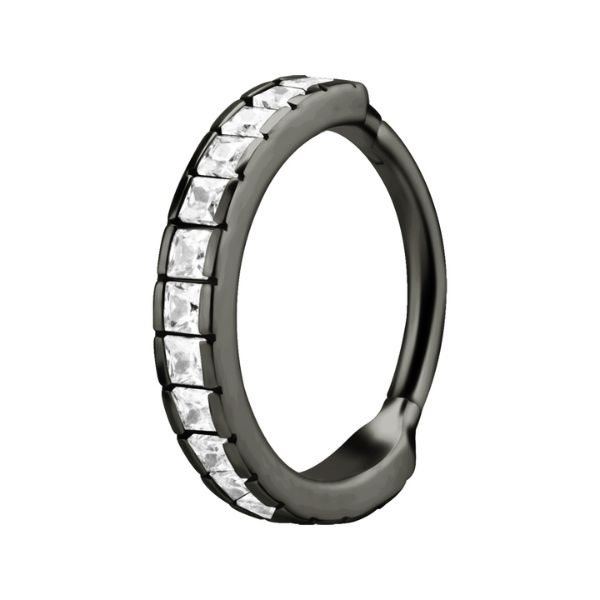
Gun Metal is coated using a PVD (Physical Vapor Deposition) process and used on various metals.
The jewelry is coated in a heated chamber under high vacuum. The electric voltage applied will form a plasma in the chamber and the introduction of various gases produces an ion bombardment.
This bombardment atomizes the cathode material into tiny substances, which are deposited on the jewelry. The result is a hardened layer, which is biocompatible. It can be autoclaved.
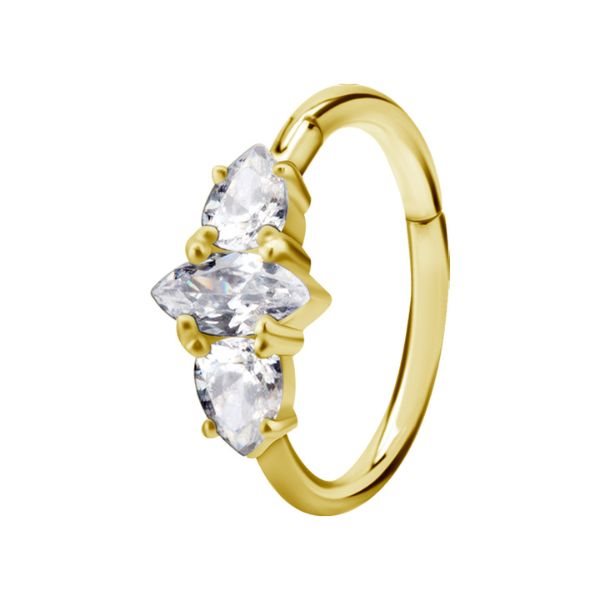
We elevate some of our jewelry with a stunning gold finish using the advanced PVD (Physical Vapor Deposition) process.
The PVD Process:
In this high-tech process, the jewelry is placed in a heated chamber under high vacuum. An electric voltage creates a plasma within the chamber. Various gases are introduced, leading to ion bombardment that atomizes the 18K or 24K gold into tiny particles. These particles then coat the jewelry, forming a durable and biocompatible layer.
Benefits:
- Aesthetic Appeal: The gold coating enhances the beauty of the jewelry, giving it a rich and luxurious finish.
- Durability: This process ensures a robust layer that withstands wear and tear.
- Biocompatibility: Safe for autoclaving, our jewelry maintains its hygiene and longevity, perfect for piercing jewelry.
We use 24K gold for our surgical steel items, ensuring a brilliant finish. For our titanium and nickel-free items, we apply an 18K gold coating, combining elegance with strength.
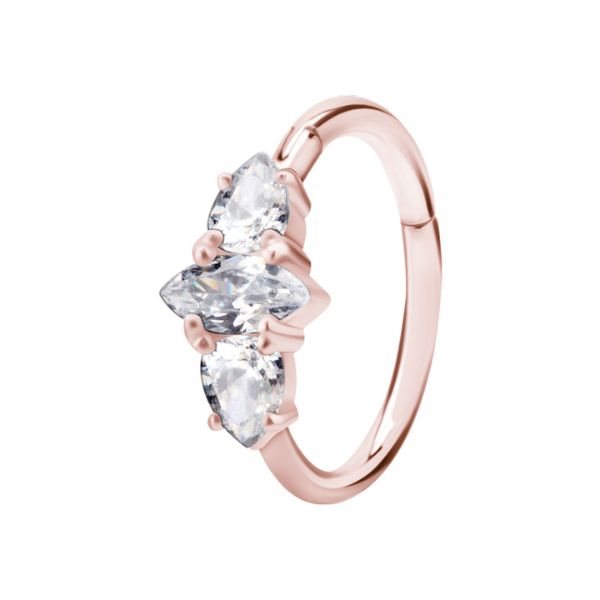
Our real rose gold alloy jewelry undergoes an advanced PVD (Physical Vapor Deposition) coating process to achieve its stunning finish.
The PVD Process:
In a heated chamber under high vacuum, an electric voltage creates a plasma. Introducing various gases triggers an ion bombardment that atomizes the 18K rose gold alloy into tiny particles. These particles then coat the jewelry, forming a hardened, biocompatible layer.
Benefits:
- Durability: The resulting layer is exceptionally durable and resistant to wear.
- Safety: This biocompatible coating is safe for autoclaving, ensuring both hygiene and longevity.
Experience the beauty and durability of our PVD-coated real rose gold alloy jewelry.
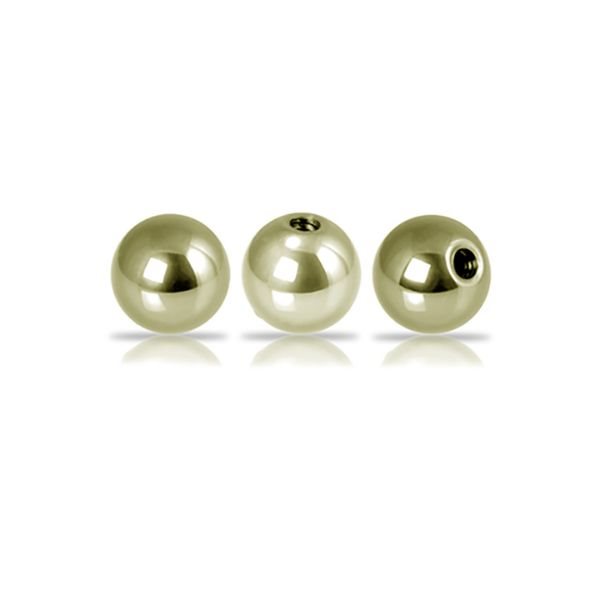
Zircon Gold PVD (Physical Vapor Deposition) Coating is used on various metals to provide a durable and biocompatible finish. This advanced technique ensures longevity and resistance to wear, making it ideal for body jewelry.
The PVD Process
The jewelry is placed in a high-vacuum heated chamber where an electric voltage creates a plasma. The introduction of various gases causes ion bombardment that atomizes the cathode material into tiny substances. These are then deposited onto the jewelry’s surface.
The result is a hardened coating that is not only visually striking but also autoclave-safe and hypoallergenic—making it both practical and beautiful.
Explore the sophisticated appeal and safety of Zircon Gold PVD Coated jewelry.
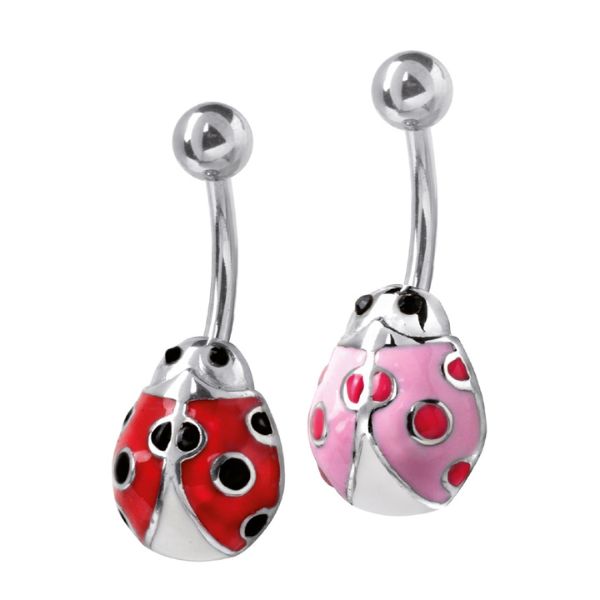
Enamel resin, also called “episodic resin”, has various outstanding properties: It is smooth, hard, chemically resistant, durable, scratch resistant, long-lasting color, easy-to-clean, and cannot burn.
When it hardens, it creates a smooth, durable coating on metals. Enamel is not paint, so it does not fade with UV light.
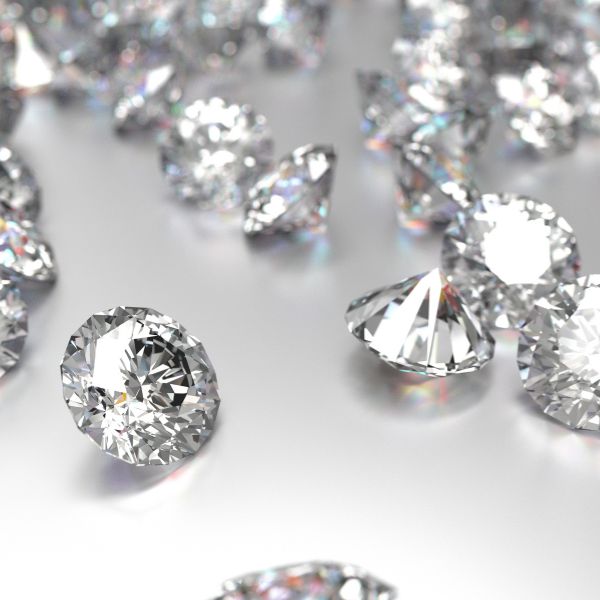
Cubic Zirconia, or CZ, has surged in popularity as a substitute to diamond, as it appears virtually identical to the untrained eye. CZ is composed of zirconium dioxide, creating a unique chemical structure.
With a close resemblance to diamonds, the similarities between the two are unprecedented. First discovered in 1899, man-made production didn’t begin until the late 70s, originally for jewellery.
While first appearances suggest CZ as the real deal, it deviates under closer inspection. CZ has a gravity between 5.6 and 6.0, meaning 1.6 times the weight of a diamond. It also boasts a hardness of 8 on the Mohs scale, while carrying different refractive indices and dispersion powers, giving the gem its own unique flare.
CZ lacks the impurities of natural diamonds, while remaining transparent, a rarity among diamonds. CZ can be coloured through adding metal oxides in the production process. CZ proves an excellent thermal insulator, warming up under pressure, but lacking the same durability under extreme heat as diamonds.
To preserve the CZ, it’s vital to handle it with care, as it can become brittle over time, more susceptible to wear and tear such as chipping or scratches.
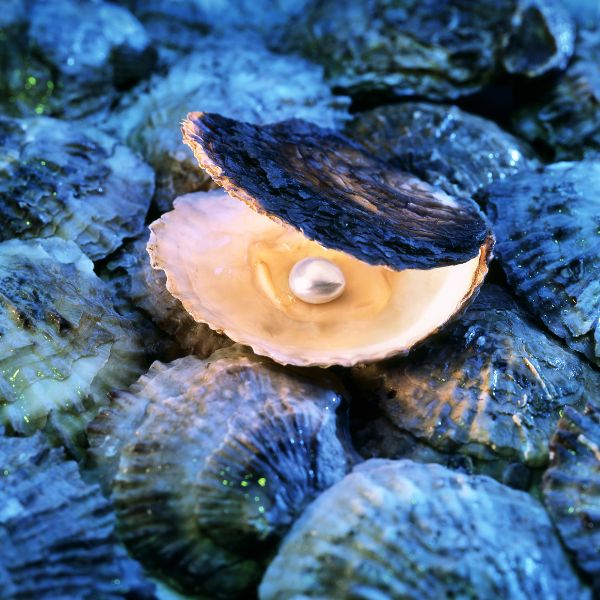
Dive into the world of Cultured Freshwater Pearls, nurtured in the serene waters of freshwater lakes and ponds, predominantly sourced from the enchanting locales of China and the United States.
The journey begins with nucleation, a delicate procedure where a tiny foreign object is carefully implanted into the oyster, kickstarting the miraculous process of pearl secretion. This intricate cultivation phase spans years, typically 2–7 years in freshwater environments, each pearl’s size growing in tandem with the duration of its nurturing.
Embrace the beauty of imperfection as these pearls display subtle variations in color and shape, a testament to their natural allure and individuality. Their eclectic shapes, vibrant hues, and affordable elegance have endeared them to jewelry designers, shoppers, and pearl enthusiasts alike.
Caring for these precious gems is a gentle art:
- Wear them with joy, for pearls thrive in moist environments.
- After each wear, tenderly wipe away any oils or residues with a soft, non-abrasive cloth.
- Should a stain mar their surface, cleanse gently with lukewarm water and mild soap, avoiding submersion to protect delicate attachments.
- Prior to storage, ensure pearls are thoroughly dried, then nestle them in a flat, fabric-lined case to prevent scratching.
- Avoid exposing pearls to steam or ultrasonic cleaners, as these may harm the delicate nacre surface.
Embrace the splendor of Cultured Freshwater Pearls, a treasure to cherish and nurture for generations to come.
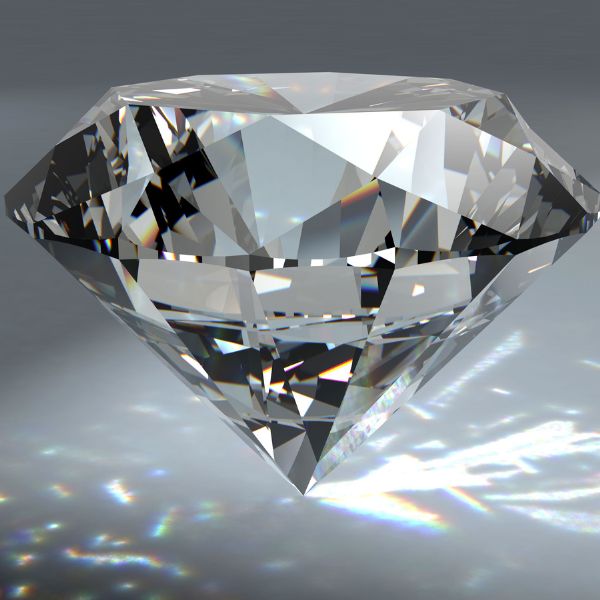
Step into the realm of Lab Created Diamonds, where innovation meets nature’s brilliance in a laboratory setting rather than deep within the Earth. These diamonds are not mere imitations but are authentic diamonds in every sense, boasting identical chemical compositions, hardness, and the captivating sparkle that defines their mined counterparts. Think of them as the greenhouse-grown orchids of the jewelry world, sharing the same essence as their wild counterparts.
What sets Lab Created Diamonds apart is not just their exceptional quality but also their affordability. Compared to mined diamonds, they offer a more budget-friendly option without compromising on elegance or ethical considerations, making them a conscientious choice for the discerning consumer.
Let’s delve deeper into what makes these diamonds truly exceptional:
CUT:
The precision cut of our Lab Created Diamonds is paramount to their allure, ensuring each gem radiates with unparalleled beauty, easily distinguishable from alternatives like Cubic Zirconia.
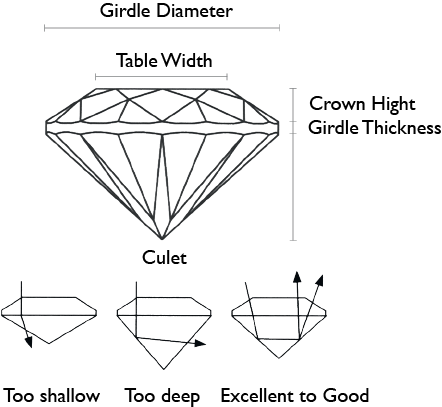
CLARITY:
Reflecting the purity of their creation process, Lab Created Diamonds boast remarkable clarity, enhancing their luminosity and charm.

COLOR:
From dazzling colorless gems to subtle hues, Lab Created Diamonds offer a spectrum of options to suit every taste and style preference.

CARAT:
The weight of a diamond, measured in carats, adds to its allure and value. Our Lab Created Diamonds are available in various sizes, ensuring there’s a perfect fit for every occasion.

Discover the brilliance of Lab Created Diamonds and explore the possibilities they offer. For more information and to experience their splendor firsthand, visit www.igi.org.
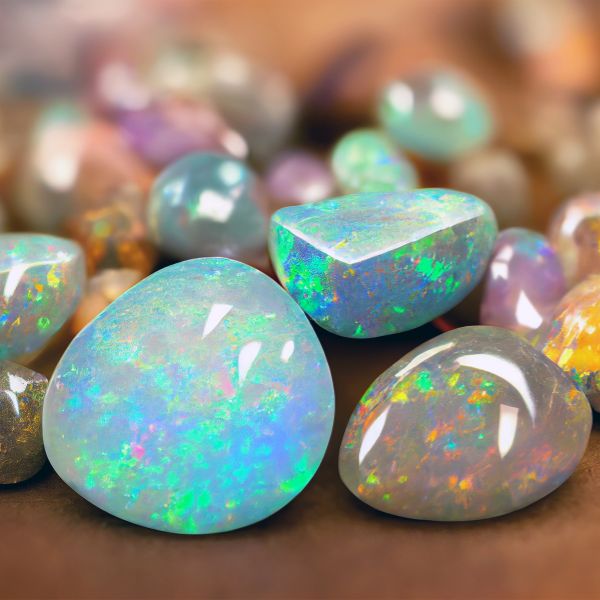
Step into the enchanting world of Lab Created Opal, where science and nature intertwine to craft stunning gems that rival their natural counterparts. Unlike traditional opals formed over millennia, our opals are born in the laboratory in just a fraction of the time, yet they retain the same mesmerizing properties that make opals so beloved.
What sets our Lab Created Opal apart is its exquisite color dynamics, unveiling the captivating beauty of Precious Opal in all its glory. Through innovative processes, we’ve accelerated nature’s timeline to create opals with unparalleled vibrancy and allure.
Let’s delve into the details:
- Elements: Our Lab Created Opal, infused with resin, shares similar elemental composition with natural opals, ensuring authenticity and quality.
- Hardness: With a hardness level comparable to natural opals, our gems boast durability without sacrificing elegance.
- Specific Gravity: Our opals exhibit specific gravity within the ideal range, enhancing their authenticity and value.
- Heat Resistance: Designed to withstand temperatures up to 130 degrees Celsius, our opals are as resilient as they are beautiful.
Crafted from opal material sourced from the esteemed KYOCERA Corporation in Japan, our gems are composed of at least 80% silica, resulting in vivid and breathtaking opal colors that capture the imagination.
Rest assured, the material we use is backed by an official Material Safety Data Sheet (MSDS), guaranteeing both quality and safety. Unlike imitation opals crafted from resin-heavy materials, our Lab Created Opals are the real deal, meticulously crafted to meet the highest standards of authenticity and beauty.
Experience the magic of Lab Created Opal and discover a world of color and brilliance unlike any other.
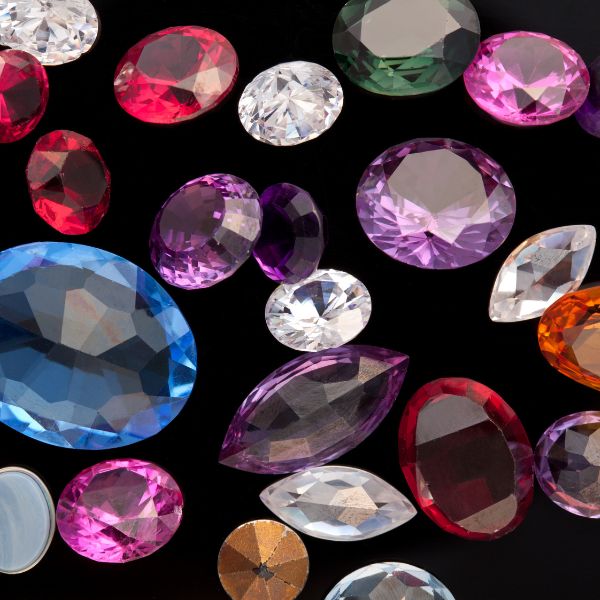
Step into the shimmering world of crystals, where craftsmanship meets creativity to produce dazzling gems that rival even the most precious of stones. Unlike their natural counterparts, crystals are meticulously crafted by human hands using a blend of quartz, sand, and minerals, transforming ordinary materials into extraordinary works of art.
Picture crystal glass as a canvas, waiting to be sculpted into mesmerizing shapes akin to gemstones. Premium Crystals, akin to their counterpart, Premium Zirconia, boast superior precision in their cutting process, elevating them to a higher tier in the market with a corresponding price tag.
Yet, what truly sets crystals apart is their ability to captivate with their unique charm. While they may not sparkle in the same manner as gemstones or zirconias, crystals harness the power of reflection through a foil backing, casting a mesmerizing mirror effect that amplifies their brilliance.
The versatility of crystals knows no bounds, with a kaleidoscope of shapes and hues to choose from. Their flat, foiled backs enable seamless integration into various designs, allowing for delicate and intricate attachments that defy size expectations.
However, like all treasures, crystals require care to maintain their luster. Beware of residues from everyday products like shampoo or toothpaste, which can dull their brilliance and even tint them with a subtle greenish hue.
Embrace the allure of crystals and embark on a journey filled with endless possibilities, where every shimmering facet tells a story of beauty and craftsmanship.
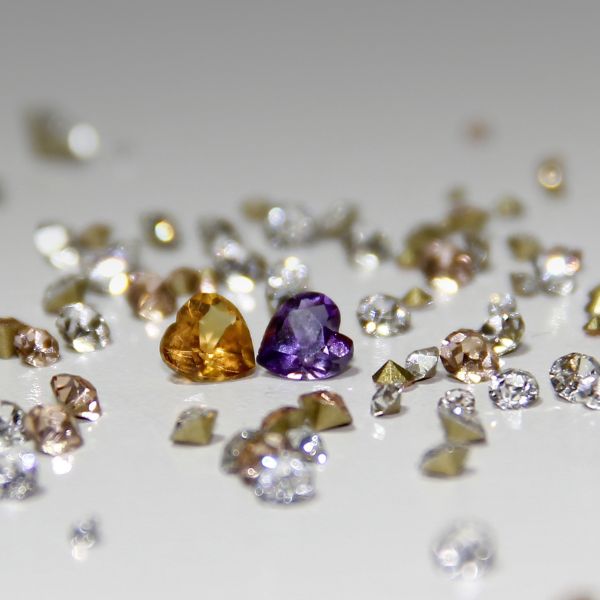
Glass-ceramics, a fascinating composite material, features nano crystalline particles evenly dispersed within a glass matrix. This unique blend of amorphous and crystalline states endows it with remarkable properties.
Enter Nano Gems: Boasting hardness akin to Topaz or Emerald and optical qualities reminiscent of Tourmaline, these gems offer the perfect solution for gemstone imitations, addressing the common issues found in crystals.
Just as Cubic Zirconia flawlessly mimics Diamonds, Nano Gems excel in replicating Color Stones. With a dazzling array of color variations, they can bring any designer’s vision to life.
Moreover, Nano Gems comply with REACH (EC) No 1907/2006 and EU RoHS Regulations, ensuring they meet the highest standards of safety and environmental sustainability.
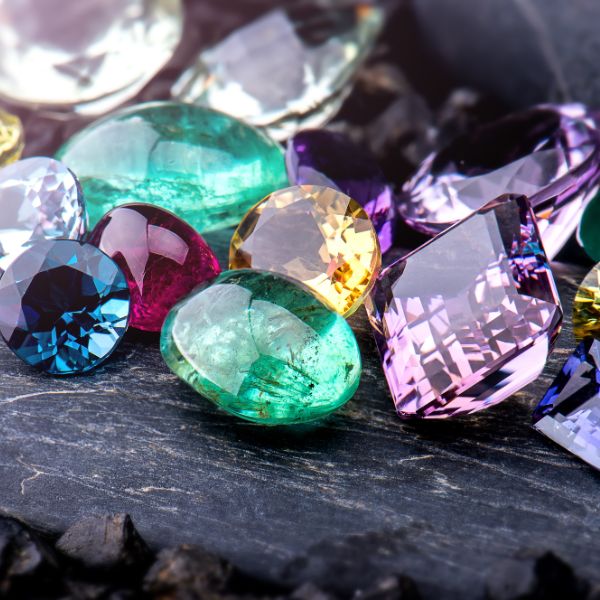
A gemstone, known also as a gem, fine gem, jewel, precious stone, or semi-precious stone, stands as a resplendent mineral crystal. Exquisitely cut and polished, it graces the realm of jewelry and adornments, both regal and refined.
Yet, not solely confined to its mineral brethren, certain rocks like lapis lazuli and opal, and on occasion even organic wonders like amber, jet, and pearl, find their place among these treasured gemstones.
While most gemstones boast an unyielding nature, some softer minerals find their allure in the captivating luster and other beguiling physical properties that possess intrinsic aesthetic value. Truly, rarity lends an invaluable allure to these enchanting gemstones.
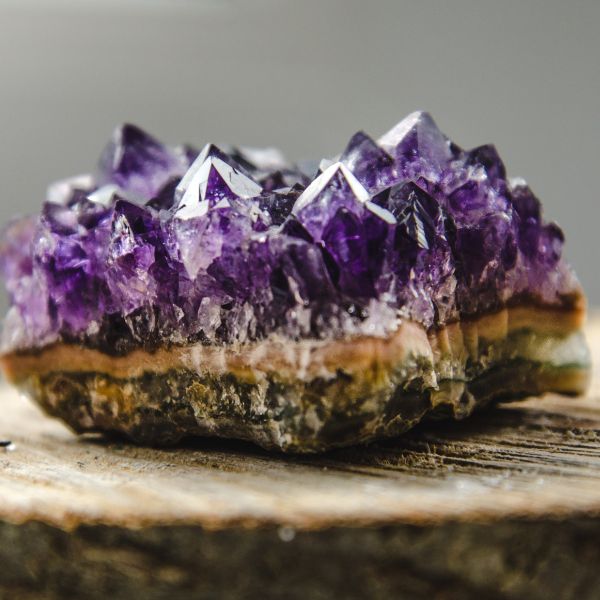
Throughout the centuries, amethyst has been esteemed by connoisseurs of fine gems for its captivating purple hue and remarkable clarity. This exquisite gem derives its regal purple shade from the enchanting fusion of iron elements and nature’s radiant energy, bestowed upon it beneath the Earth’s serene surface.
With an illustrious history intertwined with spiritual mysticism, amethyst has served as a beacon of symbolism across countless societies. Adorned as the birthstone for February, this majestic gem personifies nobility and exudes an allure that embellishes an array of designs, both humble and intricate alike. The resplendent beauty of amethyst harmoniously illuminates the world of fashion with its irrefutable charm and sophistication.
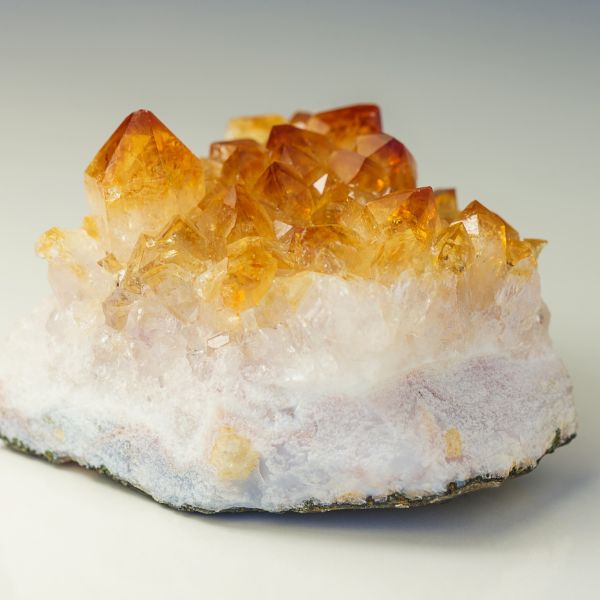
Citrine, the luxurious and exquisite gemstone, exhibits a mesmerizing range of yellow to reddish-orange hues, offering an elegant choice for any jewelry setting. Its enduring durability further enhances its appeal. With the advent of stylish "earth tone" fashions, this captivating gem has gained immense popularity as a sought-after jewelry stone in recent years.
Renowned for its affordable autumnal charm, Citrine effortlessly captivates the senses, making it an irresistible option for fashionable adornments. Recently acclaimed as a glamorous alternative birthstone for November, this captivating gem continues to shine even brighter, garnering admiration from discerning individuals.
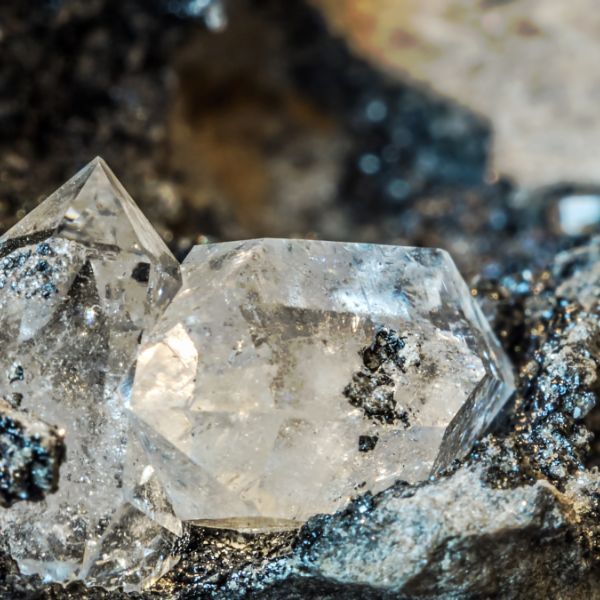
Diamond, the epitome of allure and elegance, reigns as the most romanticized and exquisitely marketed gemstone in existence. Virtually every jewelry establishment boasts a glittering array of these enchanting treasures. While diamonds themselves may not be rare, profound rarity adorns high-quality diamonds, suitable for adorning the finest jewelry pieces.
These captivating wonders originate as solid forms of carbon, meticulously shaped under the extreme duress of intense temperatures and pressures deep within the earth’s core. Exhibiting unparalleled hardness, diamonds effortlessly surpass all other minerals, leaving their mark through delicate etches. With most natural diamonds boasting ages between 1 billion and 3.5 billion years, their timeless allure knows no bounds.
Derived from the Greek word "adamas," which refers to the hardest steel, diamonds claim their distinction as the toughest gemstone known to humanity. Setting the stage for their exceptional brilliance and magnificence.
Presently, four coveted characteristics, often renowned as the legendary "four Cs," elegantly epitomize the essence of diamonds. This quartet consists of carat weight, intricately encompassing the sheer magnitude of the stone; cut, meticulously graded to discern proportions, symmetry, and polish; color, where proximity to absolute whiteness reigns supreme, and the intensity of hues whispers secrets within fancy diamonds; and clarity, an ethereal measure of the gem’s untainted purity, transcending the realm of imperfections.
Infused with unrivaled brilliance, our exclusive range of piercings exquisitely showcases diamonds of exceptional clarity, VVS, and color, ranging from the resplendent shades of D to F.
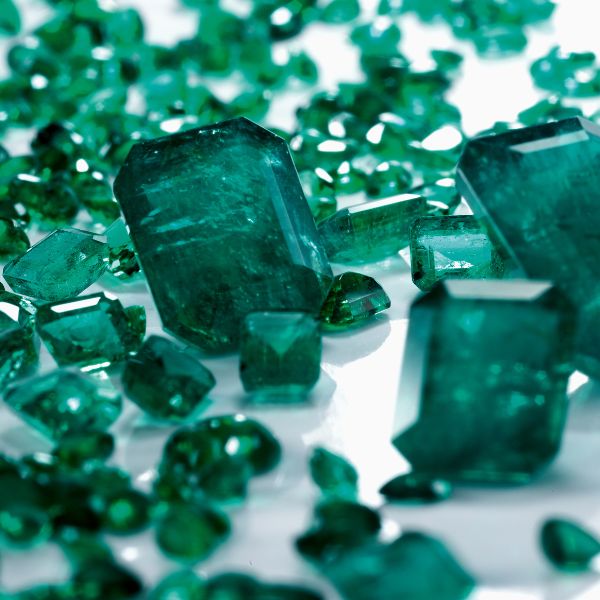
Emeralds have long epitomized the lush hues of green throughout antiquity. Beholding a fine emerald is an awe-inspiring spectacle, as this distinguished beryl gem warrants its esteemed status among the revered quartet of diamond, ruby, and sapphire.
The mention of "emerald" derives from the Greek term "smaragados," denoting its verdant allure, which traveled via Latin "smaragdus" to Middle English as "esmeralde." Our products proudly showcase vibrant green Brazilian emeralds, meticulously selected to ensure a consistent supply of our exquisitely crafted treasures.
The pursuit lies in sourcing gemstones of matching dimensions to fashion not just a solitary masterpiece but an enduring array of captivating adornments. Emeralds predominantly present in square, rectangular, or oval configurations, albeit reshaping one into round brilliance inevitably leads to a partial sacrifice of weight and value.
Given their innate nature, emeralds often feature internal fissures, necessitating their care with tepid water and gentle soap. Caution is advised to shield these precious gems from any arduous handling, preserving their resplendence for generations to come.
Notably, due to the distinctive inclusions intrinsic to emeralds, the use of ultrasonic cleaners is ill-advised in their meticulous upkeep.
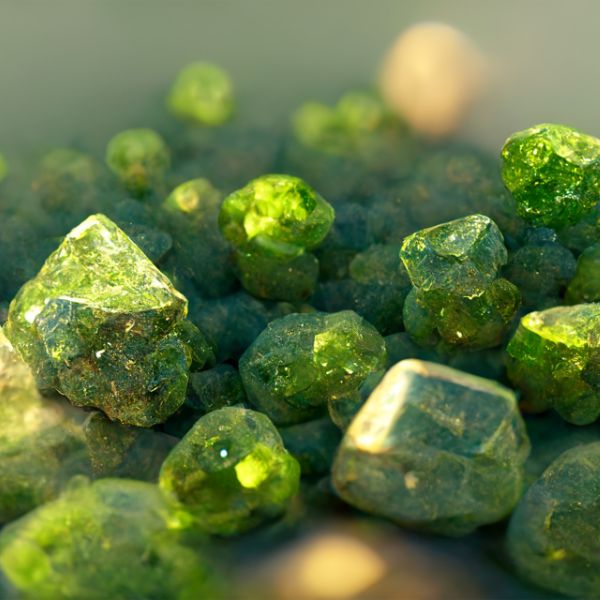
The exquisite and timeless Peridot, a birthstone of the contemporary era, has been cherished as a coveted gem throughout antiquity. Adorned with an alluring green hue that varies in splendid nuances, the specific shade of a peridot is influenced by its origin.
Derived from the eloquent Middle English term "peritot," Peridot has been revered as a symbol of revitalization and a conduit of emotional enlightenment since the illustrious Middle Ages. This resplendent gemstone was believed to possess mystical curative properties, capable of dispelling melancholy and unlocking the depths of the heart.
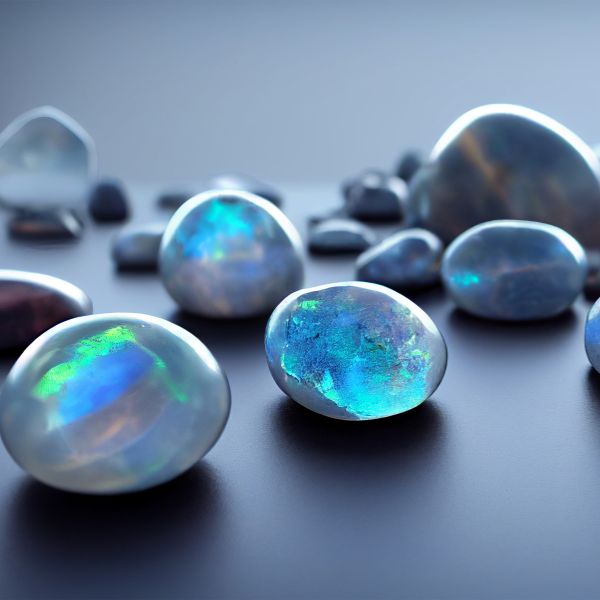
Moonstone, found in captivating locales worldwide, is exalted for its enchanting blue-to-white adularescence. This ethereal, moonlit sheen grants it an aura of mystique, rendering it a cherished gemstone. Despite its delicate nature, moonstone, the alternative birthstone for June, reigns as an opulent choice for exquisite jewelry creations.
Imbued with an enigmatic luminescence reminiscent of moonlight, moonstone has commanded reverence for aeons, captivating hearts and minds alike. Its allure has skyrocketed in contemporary times, solidifying its status as a coveted gem. Revered as "adularescence," this resplendent effect, concealed just beneath the gem’s surface, emerges through the sublime layering of feldspar minerals.
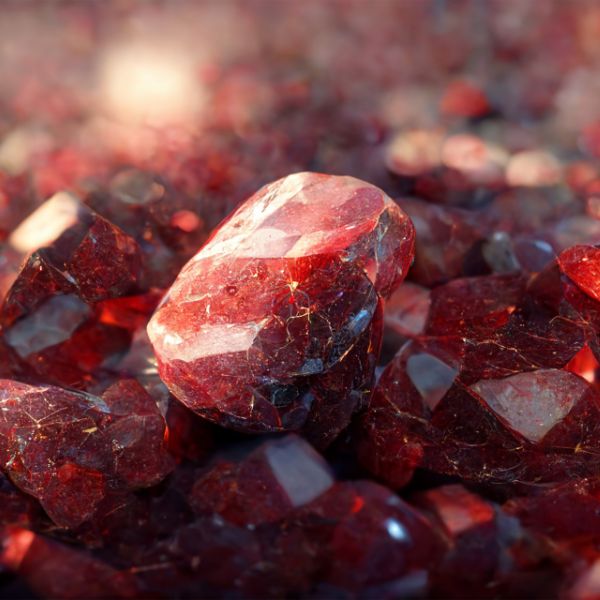
Ruby, a time-honored gemstone, reigns as one of the most sought-after adornments. Its resolute durability is unmatched, while its vibrant red hues exude a captivating intensity. The opulent allure of fine-quality rubies places them among the most coveted treasures. With an exceptional hardness that repels scratches, ruby jewelry becomes a splendid companion for every occasion.
The lustrous depth of the finest rubies is revered as the embodiment of love and passion. A ruby possesses the prowess to make a profound symbolic statement. Surprisingly, inclusions, which may diminish the appeal of other gemstones, bestow upon a ruby an exquisite charm that is truly one-of-a-kind.
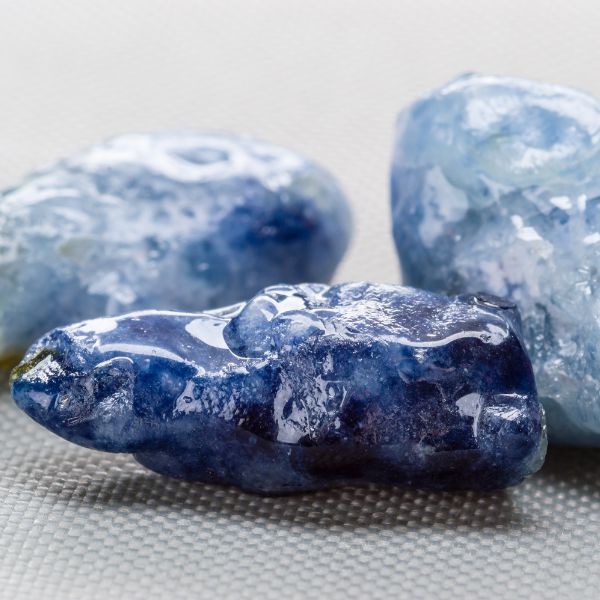
Throughout millennia, few gems have captivated us quite like the magnificent sapphire. Its exquisite pure blue hues and exceptional durability, as a distinguished member of the corundum family, render it an unparalleled gemstone.
However, it’s important to note that sapphires transcend the color blue. In fact, the September birthstone encompasses every hue of the rainbow, with one notable exception: red. Drenched in opulence and favored by royalty, sapphires reign supreme as some of the most sought-after and exorbitant gems on the planet.
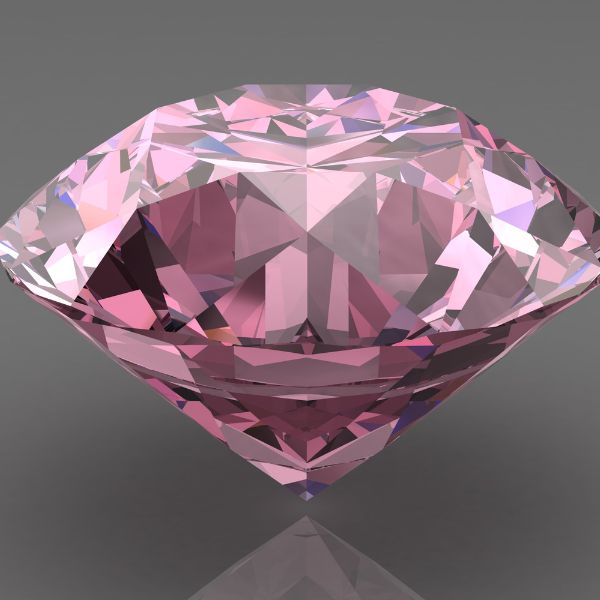
Beyond blue, pink exemplifies the pinnacle of sapphire sophistication. Prized for its allure, pink resides as the captivating intersection where rubies converge with sapphires, an enchanting admixture of radiant red.
Modern parlance bestows upon these gemstones the appellation of Pink Sapphires, a resplendent choice befitting their opulent charm.
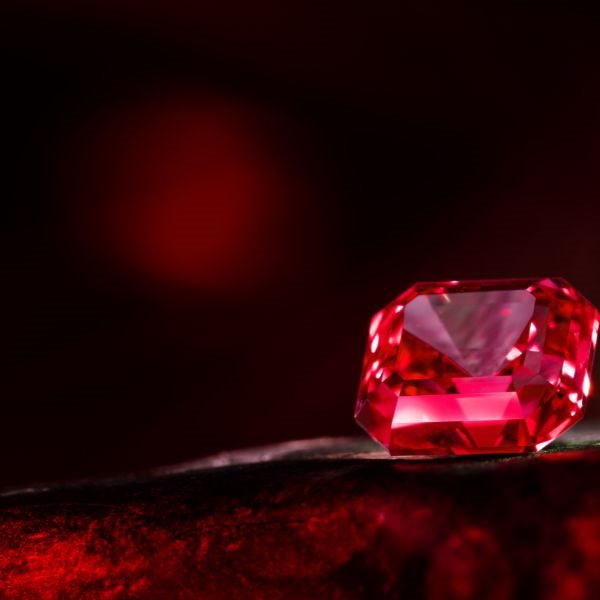
The exquisite Songea Sapphire derives its name from the enchanting location of Songea in Tanzania, the birthplace of this extraordinary gemstone.
The sapphires discovered in this renowned region radiate in captivating hues of opulent yellow, radiant orange, and passionate red, exuding an aura of timeless elegance and allure.
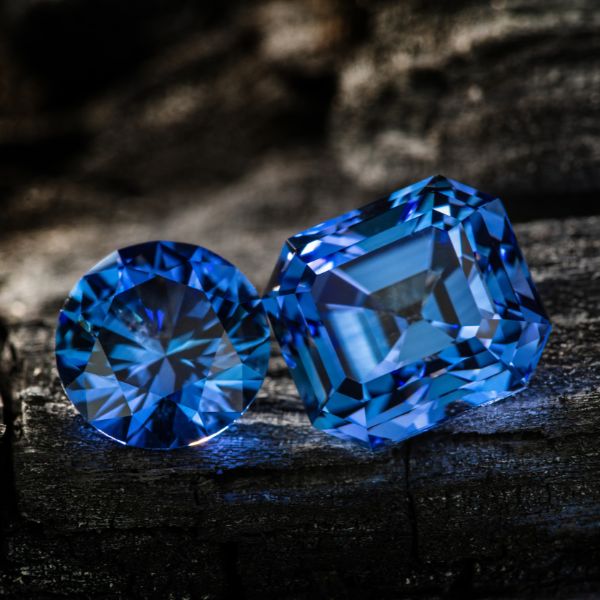
Due to the scarcity, genuine blue Sapphires have gained remarkable value, making them an exquisite and extravagant choice. A cost-effective alternative is the alluring Diffusion Sapphires with a resemblance to their genuine counterparts.
Lattice diffusion, an esteemed treatment method, employs a fusion of heat and chemicals to artfully infuse color into gemstones, ensuring a mesmerizing transformation. This technique, hailed as the pinnacle of enhancing Sapphires’ hues, maintains the stone’s authenticity, preserving its inclusions and internal allure.
The clear, natural-looking Sapphire undergoes a luxurious "diffusion," resulting in a captivating, vibrant blue shade.
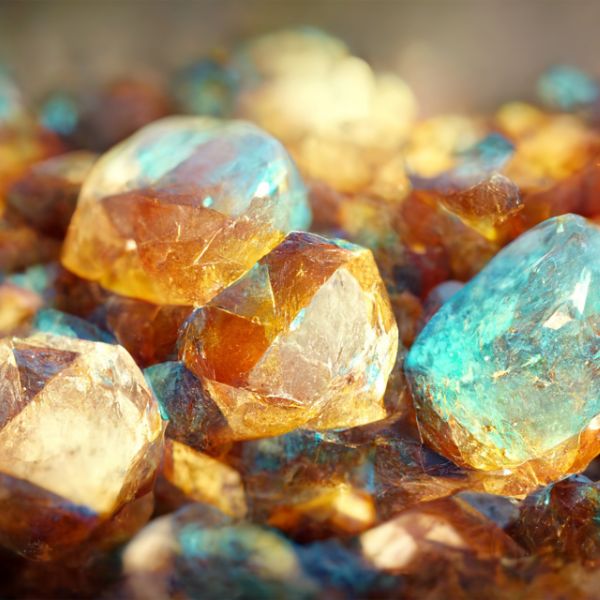
Topaz, the esteemed birthstone of November, exudes timeless elegance. Its popularity knows no bounds, captivating admirers with its captivating hues of golden yellow and enchanting blue.
Yet, beyond these cherished shades, topaz reveals a stunning array of colors, even boasting the rarest of pink, red, and exquisite golden orange, at times kissed by a delicate pink hue.
Amongst the finest treasures of nature, the advent of true blue topaz remains a sight to behold, meticulously crafted by the hands of cosmic artistry. Often encountering its ethereal form proves a serendipitous encounter, as colorless, gray, or pale yellow and blue specimens undergo meticulous heat treatment and irradiation to reveal the majestic depths of a more coveted, darker blue.
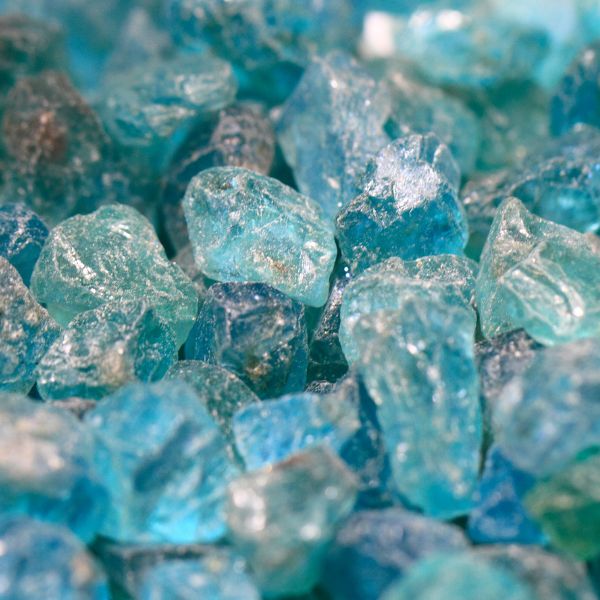
Apatite, the mineral forming the teeth and bones of all vertebrate animals, was named in 1786 by German geologist Abraham Gottlob Werner. Its name, derived from the Greek word "apate" meaning "to deceive," reflects its frequent confusion with more valuable gems like tourmaline, olivine, peridot, topaz, and beryl.
Besides its biological significance, apatite is a key source of phosphorus for fertilizers and has been found in moon rocks brought back by Apollo astronauts.
Metaphysically, apatite is associated with the zodiac sign Gemini and is believed to reduce appetite while enhancing insight, creativity, and learning. It improves focus, clarity, concentration, intellect, acceptance, and unconditional love.
Due to its fragility and sensitivity to chemicals, abrasives, heat, acids, and ammonia, apatite should be cleaned with mild soap, room temperature water, and a soft cloth to maintain its luster. Avoid using steamers, hot water, and ultrasonic cleaners.
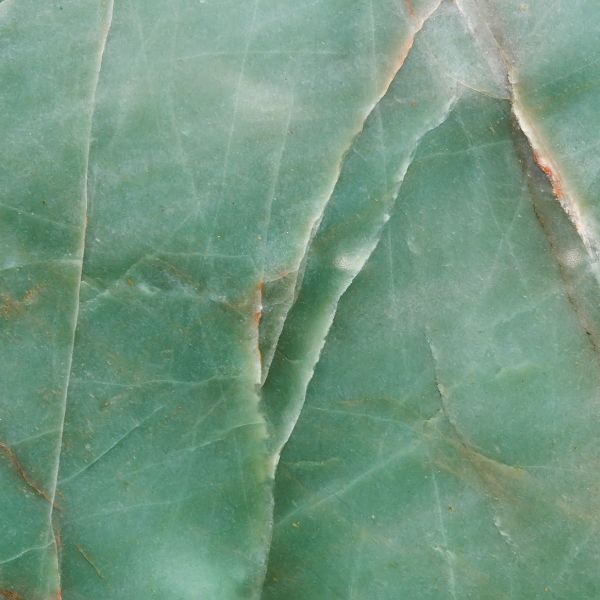
What Is Green Onyx?
Green Onyx is a cryptocrystalline form of Chalcedony and Quartz, primarily sourced from Brazil, India, Madagascar, Mexico, Peru, and the USA. It boasts a rich, deep green color and a hardness of 6.5–7, setting it apart from stones like Emerald and Jade. While it may resemble these gemstones, Green Onyx has a unique composition that distinguishes it from Emeralds, which are Beryl formations.
Green Onyx Meaning and Care
Associated with the planet Mercury, Green Onyx is believed to connect the heart with the brain, fostering honesty and profound realizations. It shares the general properties of Onyx, such as strength, willpower, and discipline, but the green variety enhances these traits through the heart.
This gemstone is thought to soothe emotions, promote inner endurance, and aid in self-mastery.
To maintain its beauty, keep Green Onyx away from direct sunlight, extreme temperatures, and harsh chemicals. Clean it regularly with a soft cloth and mild soap solution, avoiding abrasive materials, and periodically reseal it to preserve its luster and protect against stains.
